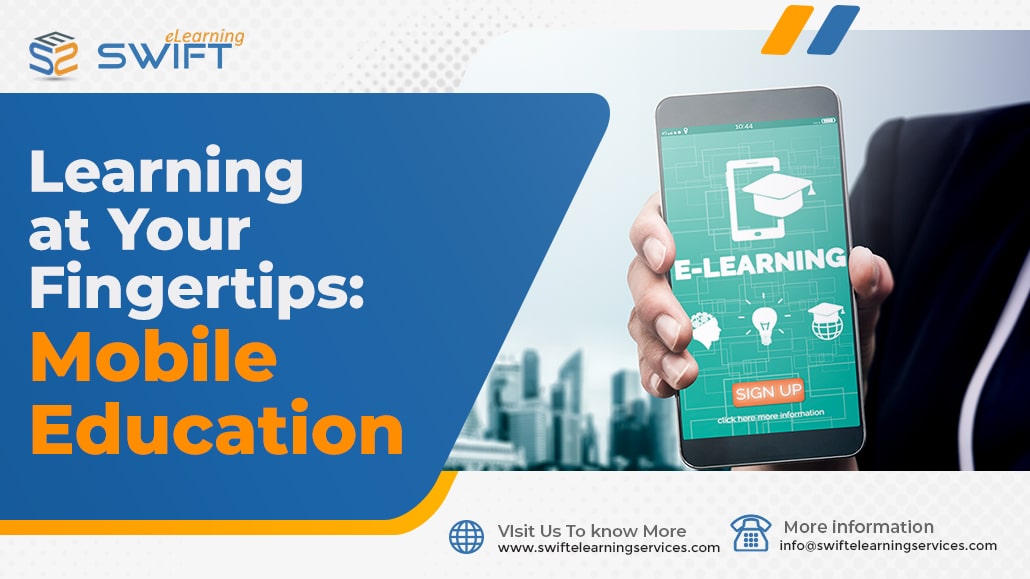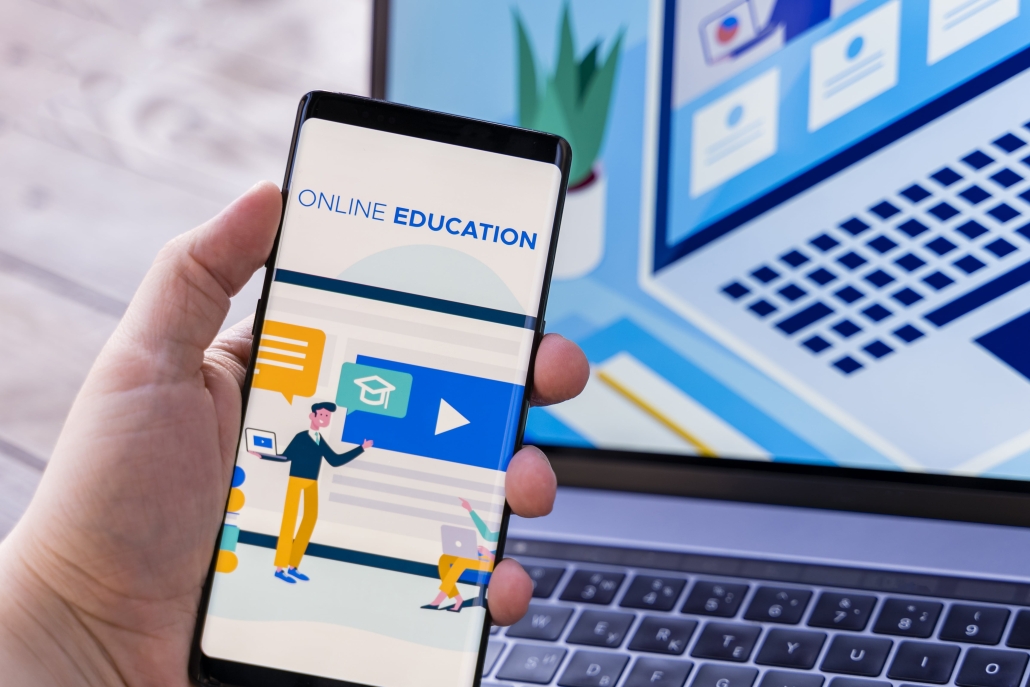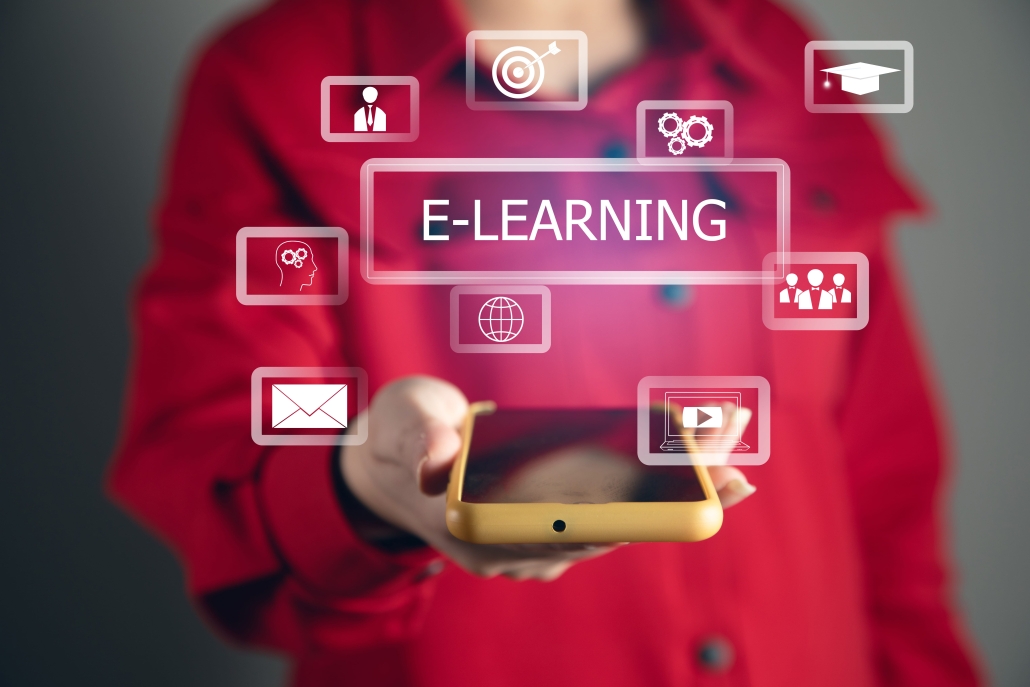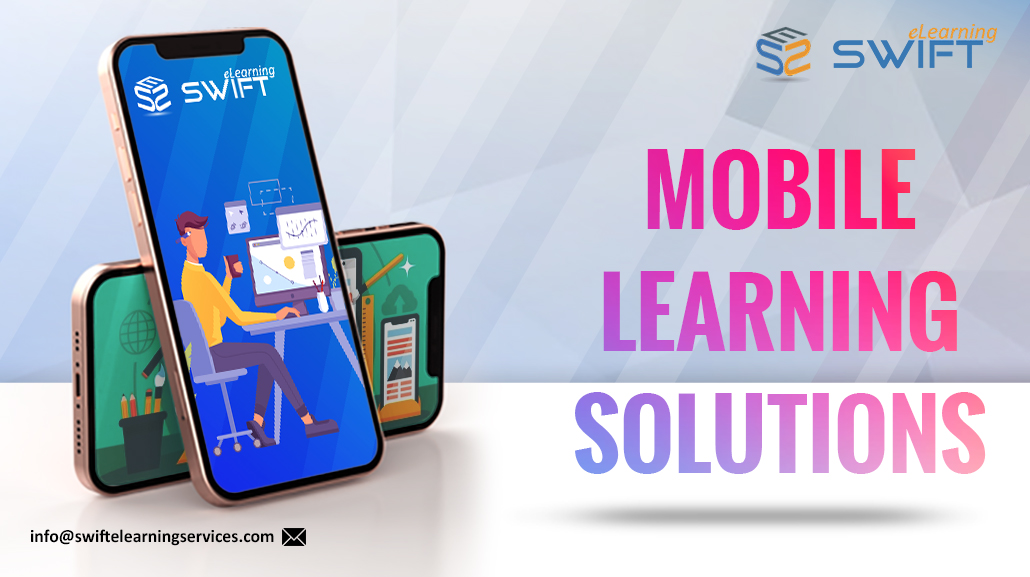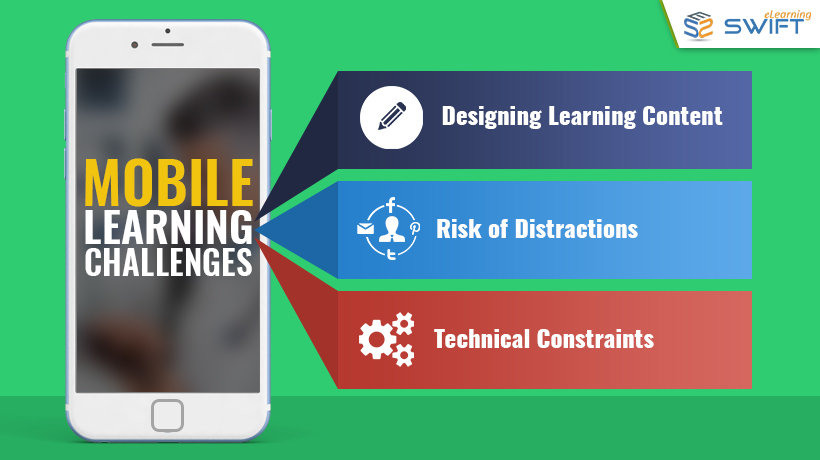Learning at Your Fingertips: Mobile Learning
Learn about the power of mobile learning, its benefits, and how it brings knowledge to your fingertips. Discover how to utilize mobile devices for efficient learning experiences.
In today’s fast-paced world, where technology is an integral part of our lives, learning has evolved beyond the traditional classroom setting. With the advent of smartphones and other portable devices, learning at your fingertips has become a reality.
Mobile learning, or m-learning, is a revolutionary approach that allows individuals to access educational resources, courses, and training materials through their mobile devices.
In this comprehensive guide, we will explore the world of mobile learning, its advantages, best practices, and how it has transformed the way we acquire knowledge.
1. Understanding Mobile Learning
Mobile learning refers to the process of acquiring knowledge, skills, and information using mobile devices such as smartphones, tablets, and wearable gadgets. It enables learners to access educational content anytime, anywhere, making it highly convenient and flexible. By leveraging technology, mobile learning has broken the barriers of time and space, allowing individuals to learn at their own pace.
2. Benefits of Mobile Learning
Mobile learning offers numerous advantages that enhance the learning experience and contribute to better knowledge retention. Some key benefits include:
2.1 Accessibility
With mobile learning, educational resources are just a tap away. Learners can access courses and study materials at their convenience, irrespective of their physical location. This accessibility empowers individuals to learn during commutes, breaks, or any other idle time, maximizing their productivity.
2.2 Personalized Learning
Mobile learning platforms often use algorithms to deliver personalized content based on learners’ preferences and progress. This adaptive approach tailors the learning experience to suit individual needs, ensuring better engagement and understanding of the subject matter.
2.3 Interactive Content
Learning through mobile devices allows for interactive content, such as quizzes, simulations, and games, which enhances engagement and makes the learning process enjoyable. Interactive elements also aid in reinforcing concepts effectively.
2.4 Continuous Learning
Mobile learning fosters a culture of continuous learning. Learners can stay updated with the latest developments and access new content as soon as it is available, fostering a habit of lifelong learning.
2.5 Cost-Effective
Compared to traditional classroom-based training, mobile learning reduces costs significantly. It eliminates the need for physical learning materials and reduces travel expenses, making it an affordable option for both individuals and organizations.
2.6 Flexibility
Learners can choose when and where to study, giving them the flexibility to fit learning into their daily routines.
2.7 Micro learning
Bite-sized modules make it easier for learners to absorb information and improve knowledge retention.
2.8 Self-Paced Learning
Learners can progress through courses at their own pace, allowing them to focus more on challenging topics or spend additional time on areas they find interesting.
2.9 Real-Time Feedback
Mobile learning platforms often provide instant feedback on quizzes and assessments, enabling learners to identify areas for improvement immediately.
2.10 Accessibility for Diverse Learners
Mobile learning accommodates various learning styles, including auditory, visual, and kinaesthetic, ensuring inclusivity for diverse learners.
2.11 Time Efficiency
Utilizing idle time during commutes or breaks for learning maximizes productivity and optimizes learning opportunities.
2.12 Improved Retention
Interactive and multimedia elements enhance memory retention and understanding of the subject matter.
2.13 Global Connectivity
Mobile learning connects learners from different parts of the world, enabling collaboration and knowledge-sharing across borders.
2.14 Adaptive Learning
Mobile learning platforms can adapt to learners’ proficiency levels, ensuring the content matches their current knowledge and skills.
2.15 Eco-Friendly
Mobile learning reduces the need for physical learning materials, contributing to a more sustainable and eco-friendly learning environment.
These benefits make mobile learning a powerful and efficient method to acquire knowledge and skills in today’s digital age.
3. Mobile Learning Apps: The Future of Education
Mobile learning apps have emerged as a game-changer in the education sector. These apps offer a wide range of features and functionalities that enhance the learning process. Some popular mobile learning apps include:
3.1 Duolingo – Learn Languages for Free
Duolingo is a language learning app that offers bite-sized lessons, interactive exercises, and gamified challenges to make language learning fun and engaging. With its features, Duolingo adapts to learners’ proficiency levels, ensuring a personalized learning experience.
3.2 Khan Academy
Khan Academy provides free educational videos and practice exercises across various subjects. The app covers topics ranging from mathematics and science to history and arts. Its user-friendly interface and comprehensive content make it an excellent resource for learners of all ages.
3.3 Udemy
Udemy is a vast marketplace for online courses, including both free and paid options. The app covers an extensive range of topics, allowing learners to explore diverse subjects according to their interests and career goals.
3.4 Coursera
Coursera partners with top universities and institutions to offer online courses, certifications, and degrees. The app’s collaboration with renowned educators ensures the quality and credibility of the courses available.
3.5 Quizlet
Quizlet is a study tool that allows learners to create flashcards, quizzes, and games to master various subjects. It also offers a wide range of pre-made study sets for quick learning and exam preparation.
4. Best Practices for Mobile Learning
To make the most out of mobile learning, it’s essential to follow best practices that optimize the learning experience. Some key practices include:
4.1 Responsive Design
Ensure that learning platforms and content are designed to be responsive across various mobile devices. This ensures that learners have a consistent experience regardless of the device they use.
4.2 Micro Learning
Leverage micro learning techniques by breaking down complex concepts into bite-sized modules. Micro learning enhances retention and allows learners to absorb information more effectively.
4.3 Multimedia Integration
Incorporate multimedia elements like videos, audio, and info graphics to make the content more engaging and cater to different learning styles.
4.4 Gamification
Gamify the learning process by adding rewards, badges, and points to encourage learners to complete courses and modules. Gamification enhances motivation and keeps learners invested in their educational journey.
4.5 Social Learning
Integrate social learning features that allow learners to collaborate, discuss, and share knowledge with peers. This fosters a sense of community and promotes active participation.
5. Unleash the Power of Mobile Learning with Swift eLearning Services
In the fast-paced digital era, learning at your fingertips is no longer a distant dream; it’s a reality! Introducing Swift eLearning Services’ cutting-edge Mobile Learning Solutions, empowering organizations to elevate their learning experiences like never before.
6. The Swift eLearning Advantage
6.1 Custom-Tailored Mobile Learning Solutions
We understand that every organization has specific training needs. Our experts work closely with you to develop fully customized Mobile Learning Solutions that align perfectly with your goals.
6.2 Expert Instructional Designers
Our team of skilled instructional designers crafts mobile modules that are not only visually appealing but also highly effective in imparting knowledge.
6.3 User-Friendly Interface
We prioritize the user experience. Our Mobile Learning Solutions come with a user-friendly interface that even the tech-shy can navigate with ease.
6.4 Robust Analytics and Reporting
Swift eLearning Services provides detailed analytics and reporting features, enabling you to monitor the effectiveness of your mobile training programs and make data-backed decisions.
6.5 Scalable and Future-Ready
Our Mobile Learning Solutions are designed to scale with your organization’s growth. We stay updated with the latest technologies to ensure that you’re learning experiences are future-proof.
7. Unlock the Potential of Mobile Learning Today!
Swift eLearning Services is your partner in revolutionizing the way your team learns and grows. Embrace the flexibility, accessibility, and engagement of Mobile Learning, and witness your team’s productivity soar.
Whether it’s on boarding new hires, empowering your sales force, or up skilling your workforce, our Mobile Learning Solutions have got you covered.
Join Swift eLearning Services in transforming the way you learn, one mobile device at a time. Let’s embark on this exciting learning journey together!
8. Conclusion – Learning at Your Fingertips: Mobile Learning
Learning at your fingertips through mobile learning is transforming the educational landscape. The ease of accessibility, interactive content, and personalized experiences have made mobile learning a preferred choice for learners worldwide.
Embracing this innovative approach to education can lead to more effective and enjoyable learning experiences. So, download a mobile learning app today and unlock a world of knowledge right at your fingertips.
9. FAQ’s About Learning at Your Fingertips: Mobile Learning
Is mobile learning as effective as traditional classroom learning?
Yes, studies have shown that mobile learning can be just as effective, if not more so, than traditional classroom learning. The flexibility and personalized nature of mobile learning cater to individual learning styles, leading to better outcomes.
Are mobile learning apps secure and private?
Reputable mobile learning apps prioritize user data security and privacy. Before using any app, ensure that it has clear privacy policies and data protection measures in place.
Can mobile learning work in low-connectivity areas?
Some mobile learning apps offer offline access to course materials, enabling learners to study in areas with limited or no internet connectivity.
Is mobile learning suitable for all age groups?
Yes, mobile learning can be tailored to suit learners of all ages. From toddlers learning through educational games to professionals seeking advanced certifications, mobile learning caters to diverse demographics.
Can mobile learning replace traditional education entirely?
Mobile learning is a powerful supplement to traditional education, but it may not replace it entirely. Both approaches have unique benefits, and a blend of the two can offer a comprehensive learning experience.
How can organizations implement mobile learning for employee training?
Organizations can adopt mobile learning platforms that offer specialized courses and training materials. They can also develop custom mobile apps to cater to their specific training needs.

